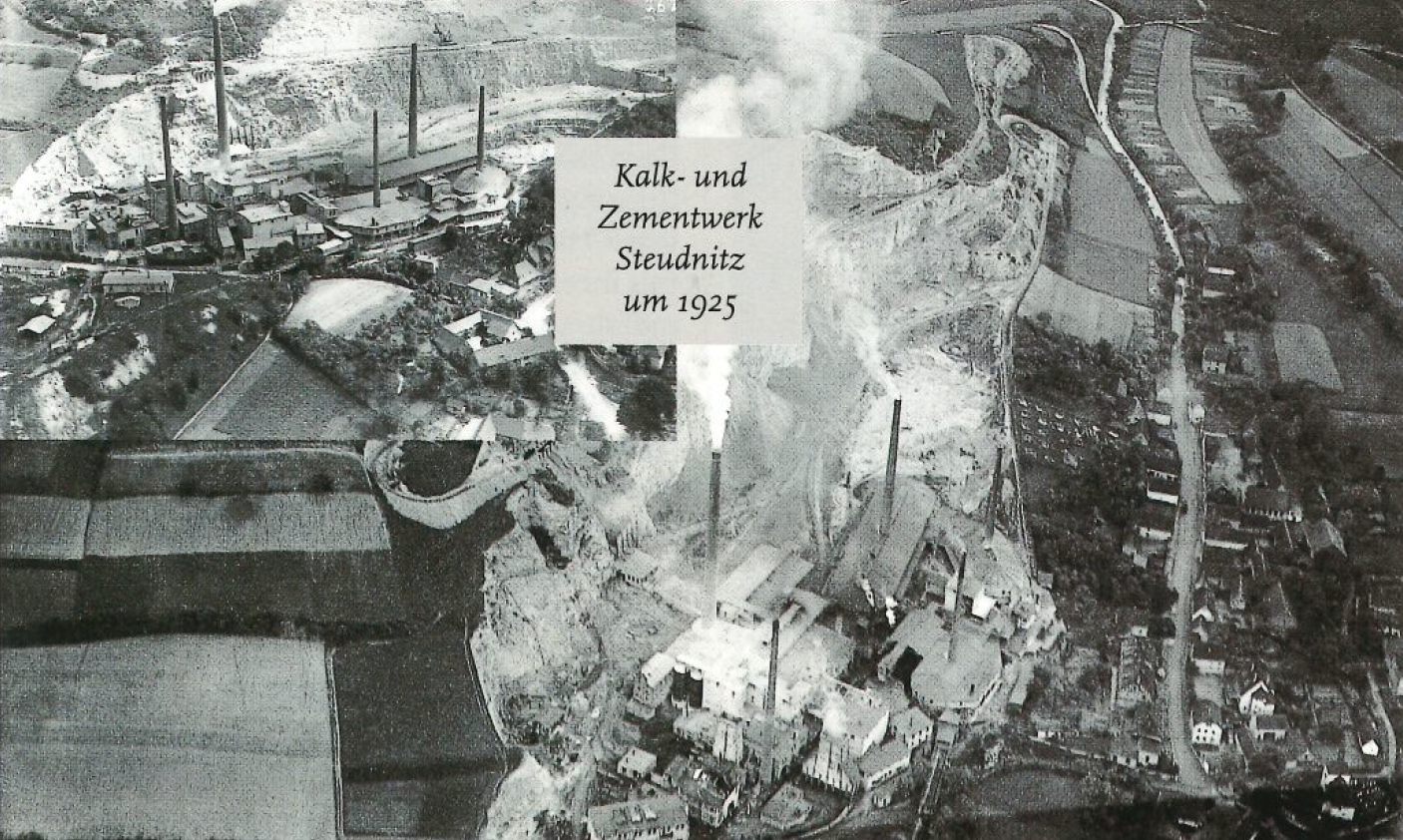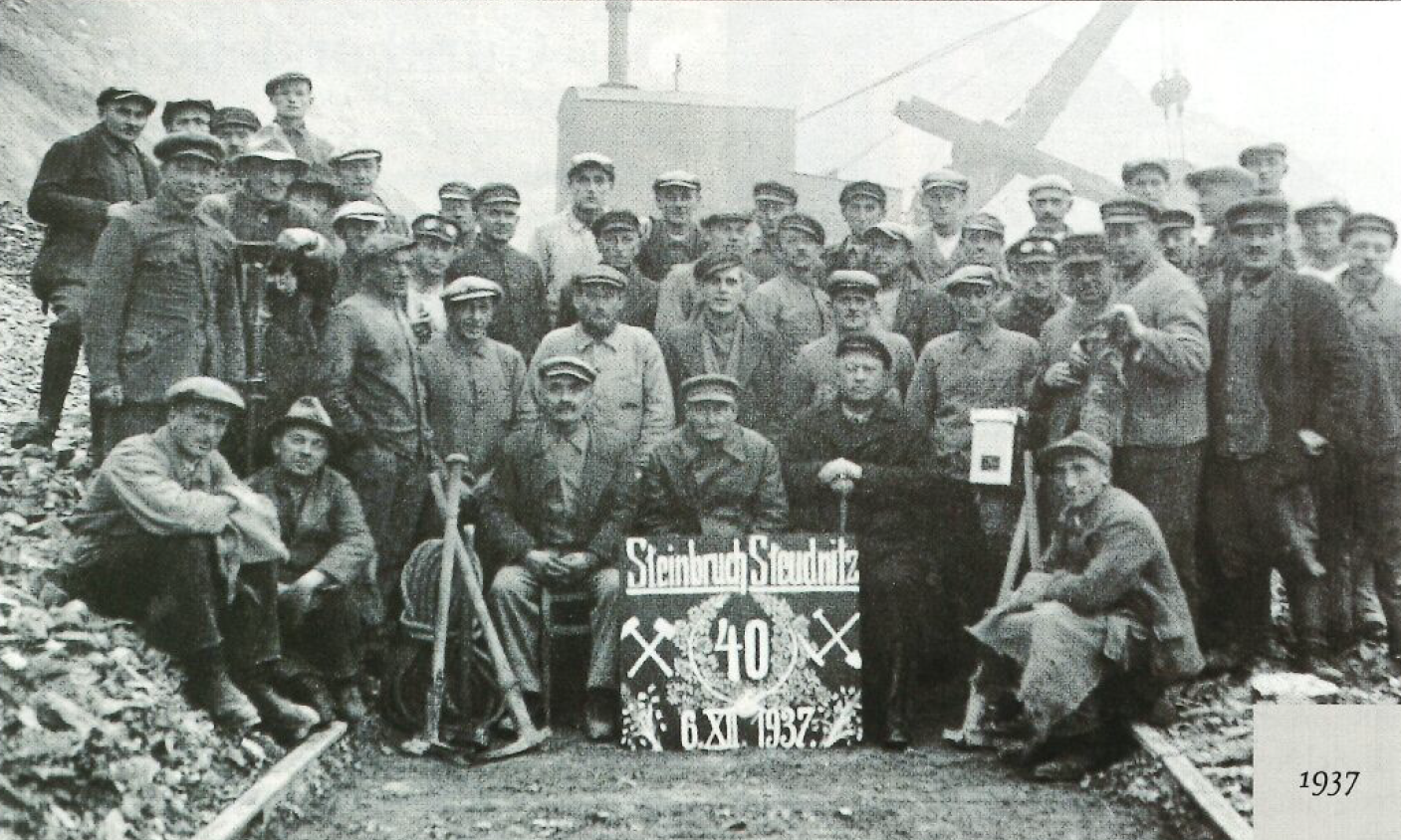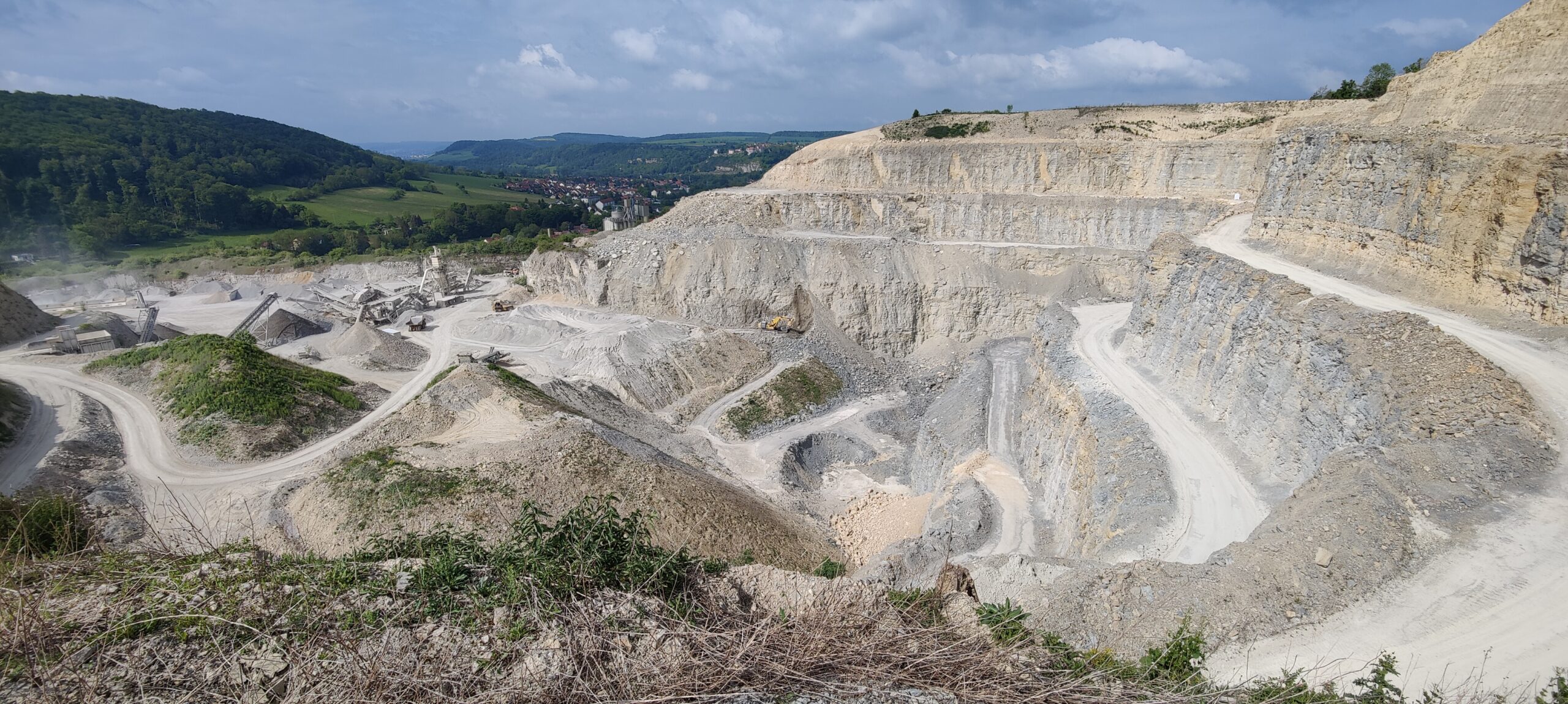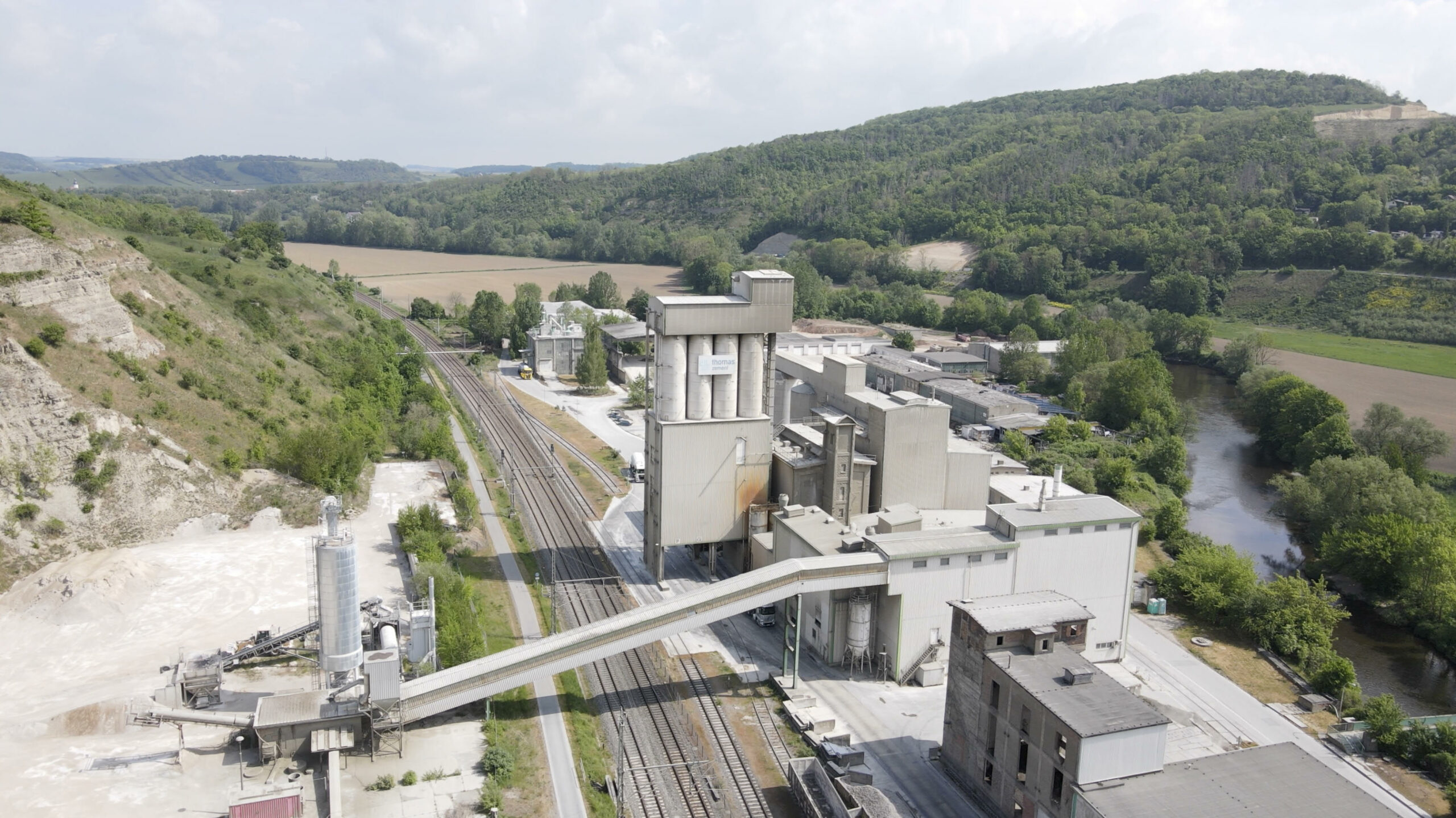This year again, thomas zement invited to the baustoffthemen in Weimar for the 24th time. About 85 customers, partners and interested parties accepted the invitation and came together for exciting and informative technical presentations. This year, there were two theme days on which speakers from different areas gave their technical presentations.
The first day focused on the topic: concrete + climate-neutral = modern building material. In his presentation, Dr. Thomas Sieber, mc bauchemie, addressed the cement industry in the context of climate change and the resulting challenges for admixtures. mc bauchemie will face the tasks of the future. Cements with more admixtures, such as those permitted by the DIN EN 197-5 standard, have a high potential for CO2 savings. Modern admixtures are already capable of ensuring the processing and properties of the concretes produced with such cements at an almost unchanged high level.
Mr. Ron Schumann, from the German WindEnergy Association, gave an outlook on the expansion of wind power plants with his presentation “Expansion of wind energy in Germany – what’s in store for the concrete industry”. In order to achieve the German government’s ambitious goal of 380 GW of installed renewable energy by 2030, drastic changes in licensing and procurement law are required. Breaking the 2030 target down to days, 1 wind turbine offshore, 6 wind turbines onshore and 0.7 km² of ground-mounted photovoltaics would have to be connected to the grid every day. At the latest after this illustration, every member of the audience was aware of the enormous potential for the entire construction and building materials industry.
Sustainable construction works with infralight concrete! This was the subject of our third technical lecture of the day. Dr. Hückler from the Technical University of Berlin presented a building material that fills the gap between lightweight concrete and aerated concrete in terms of its dry bulk density (800-600 kg/m³). At the same time, all thermal and sound insulation properties as well as the static functions for the structure are provided in one layer of one building material. A durable concrete without maintenance! For many areas, building with lightweight materials seems to be the solution for the future. We are excited to see what else awaits us in the coming years.
With the words “It should be sustainable, but it has to look good” followed the technical lecture by Prof. Dr. Maik Schlaich, Technical University Berlin. In his lecture we dealt with the question “How to build well?” – With lightweight construction!!! Interesting examples were shown in order to build in a resource-saving, waste-avoiding and more durable way in the future. Concrete in particular is a suitable building material for this purpose if some principles are observed in the construction of building components, e.g. small spans, avoidance of deflection, use of double curvatures, prestressing, small ratios of component thickness to span width.
Following each presentation, we were pleased to see that there was a great deal of interest from our guests. Questions were asked and during the breaks there was extensive discussion about the contents of the lectures.
In the evening all guests had the opportunity to get an insight into the time of Van de Velde, Nietzsche and modernism around 1900. The lively guided tour in the museum “Neues Weimar” offered a lot of interesting and informative information about the representatives of the Weimar School of Painting. Afterwards we went to the restaurant “Alte Remise”. During a 3-course menu and pleasant ambience, conversations were held, contacts were made and the day was reviewed together.
On the second day of the building materials topics, the focus was on presentations on CO2 and electricity prices and the consequences for cement. After a short welcome by Mr. Thomas Eckhardt, three exciting technical presentations followed. Carsten Telschow, Partner Counsel Becker Büttner Held, started by giving us an insight into the development of the CO2 trading system and the consequences for cement.
Subsequently, Mr. Ingo Kamenz, TEAG, went into the current development and its consequences for energy purchasing and gave us an overview of the electricity and gas price brake at the end of his presentation.
The day was rounded off by the presentation “Climate neutral cement region Erwitte-Gesecke”. Dr. Ing. Dirk Brexel, project coordinator, gave us an insight into the pilot project “climate neutral cement”, this started in 2022. Which synergies will be possible through a common infrastructure of the cement plants, will be shown in the next few years and we should be curious.
We can look back on two successful days and this was also stated by Mr. Thomas Eckhardt at the farewell. It was an all-round successful event and with the words “We will be CO2 neutral under all circumstances, we rely on green building materials and stand by it” we are already looking forward to the coming year, the development until then and of course to the 25th anniversary of the building materials topics.
More info on the homepage: www.thomas-gruppe.de or on Instagram: thomas_gruppe









